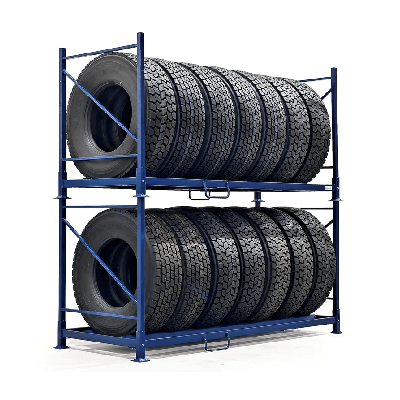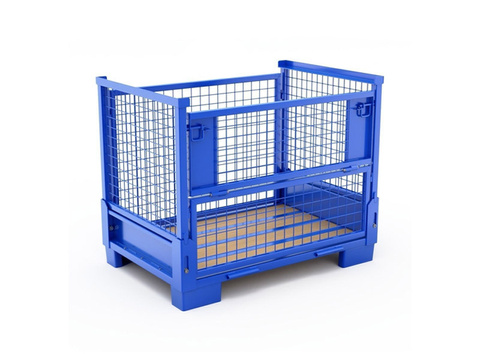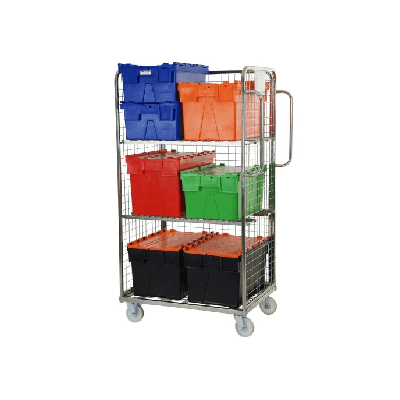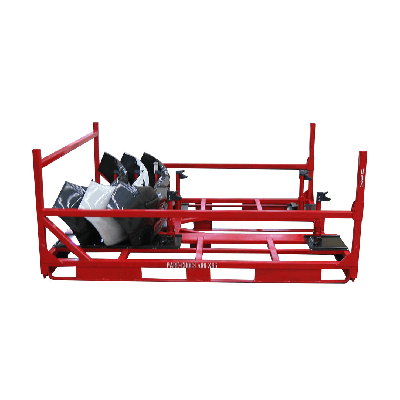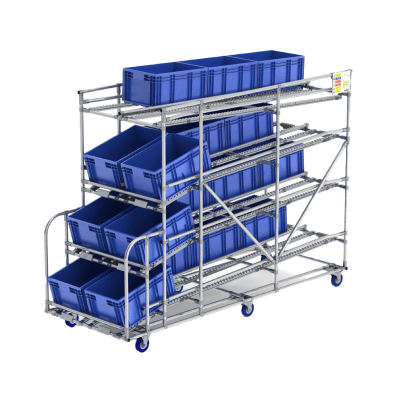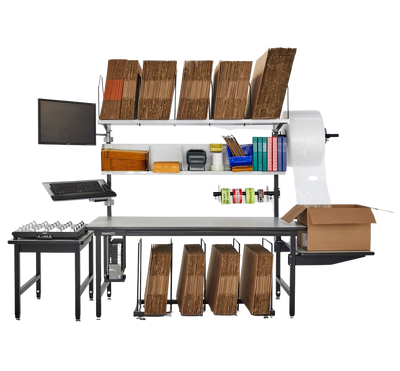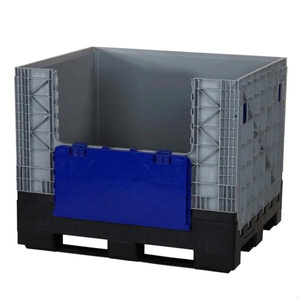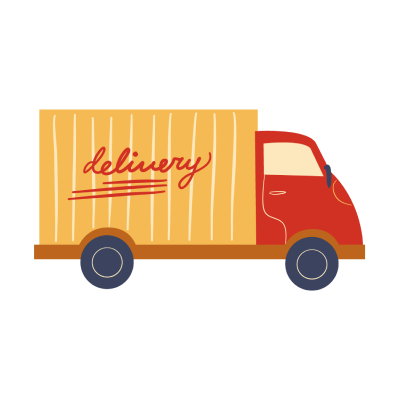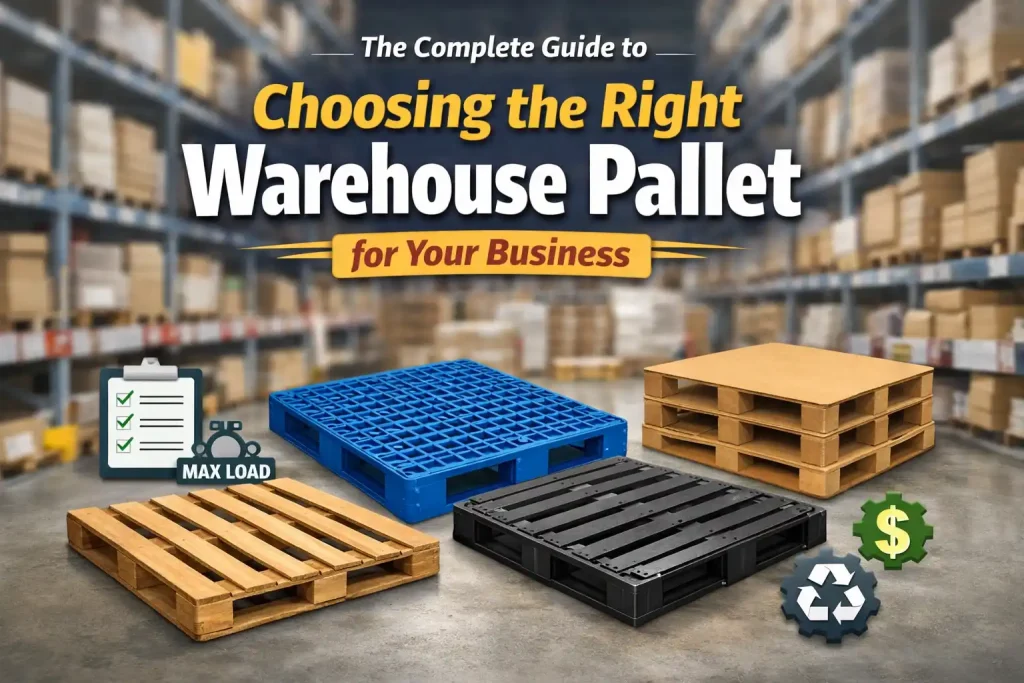In today’s rapidly evolving business landscape, Environmental, Social, and Governance (ESG) performance is no longer optional — it’s essential. Stakeholders, including investors, customers, and regulatory bodies, are holding companies accountable for their environmental impact and social responsibility. One practical and highly effective way companies can reduce their ecological footprint and advance their ESG initiatives is through Returnable Packaging Solutions.
Table of Contents
ToggleUnderstanding ESG’s Impact on Supply Chain Management
Environmental, Social, and Governance (ESG) criteria are a set of requirements for a company’s operations used by socially concerned investors to evaluate possible investments. While “environmental” focuses on how a company minimizes its environmental impact, “social” examines how it manages relationships with employees, suppliers, and communities. “Governance” refers to internal controls and practices that promote transparency and accountability.
The supply chain, often complex and global, is one of the largest contributors to a company’s environmental footprint. Packaging waste, inefficient logistics, and unsustainable materials amplify this impact. Returnable packaging emerges as a practical solution to minimize waste, optimize logistics, and foster sustainable business practices.
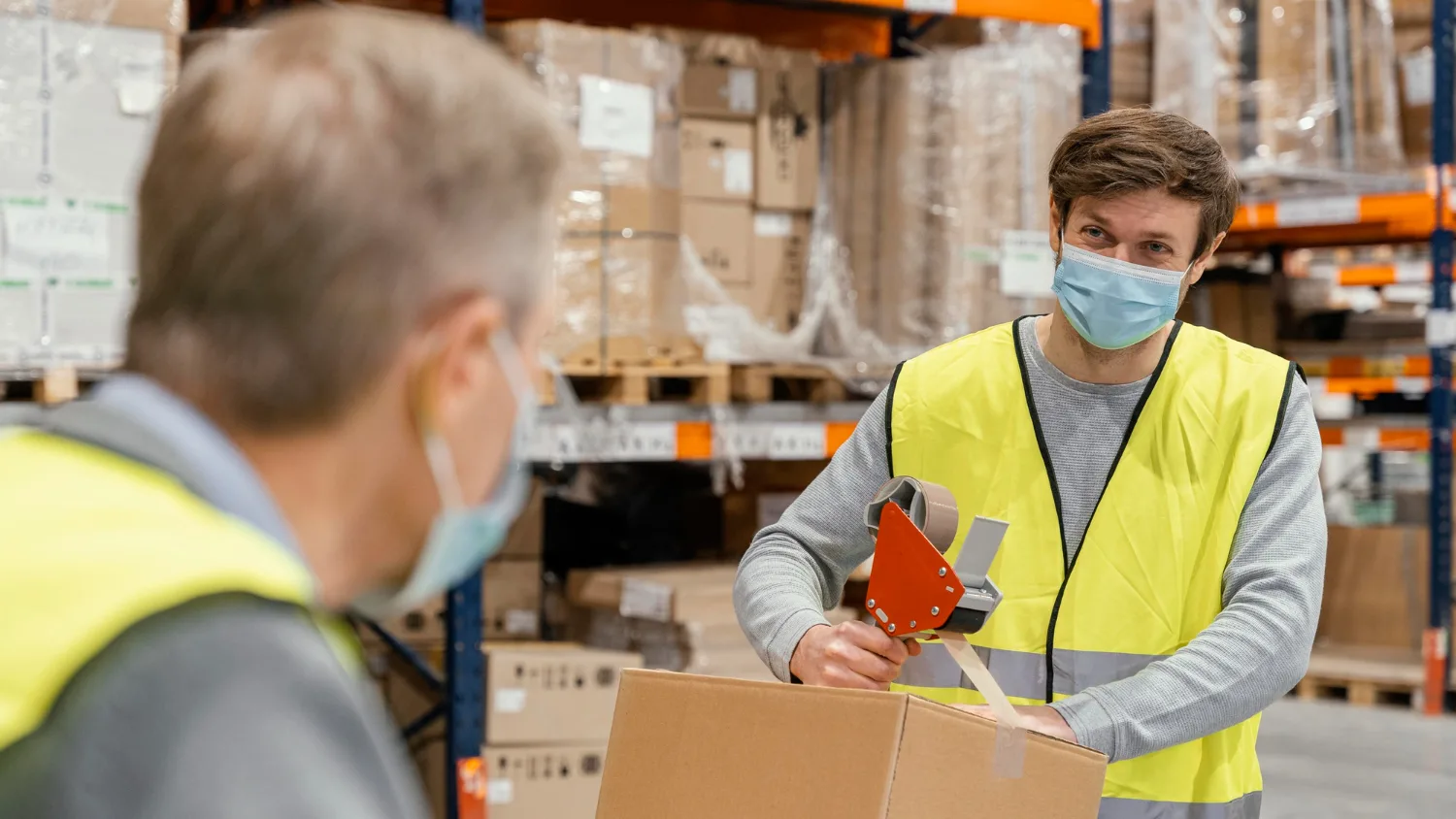
What Are Returnable Packaging Solutions?
Returnable Packaging Solutions refer to reusable transport containers, pallets, and other packaging forms that circulate within a closed-loop system. Unlike single-use packaging, these solutions are designed for durability and multiple-use cycles. Plastic boxes, metal containers, and heavy-duty pallets are common examples. After each usage, the packaging is returned, cleaned, and redistributed throughout the supply chain.
This model significantly reduces waste generation, lowers raw material consumption, and offers financial savings over time. Businesses in automotive, retail, agriculture, and industrial manufacturing sectors are rapidly adopting these solutions to streamline operations and cut costs.
Environmental Benefits: Reducing Waste and Carbon Footprint
One of the most pressing components of ESG is environmental responsibility. Traditional single-use packaging creates substantial waste that often ends up in landfills or oceans, contributing to global pollution. By adopting returnable packaging, companies can:
1. Reduce Landfill Waste
Returnable packaging drastically cuts the volume of discarded packaging materials, which would otherwise contribute to landfill accumulation. Throughout its life, each returnable box replaces hundreds or thousands of single-use packing materials.
2. Lower Carbon Emissions
Manufacturing and transporting disposable packaging generate substantial carbon emissions. Returnable packaging, being reusable, requires fewer raw materials and less frequent manufacturing, thus reducing emissions.
3. Conserve Natural Resources
Durable packaging materials like recycled plastics and metals minimize the need for virgin raw materials, helping conserve finite natural resources and reducing deforestation and mining activities.
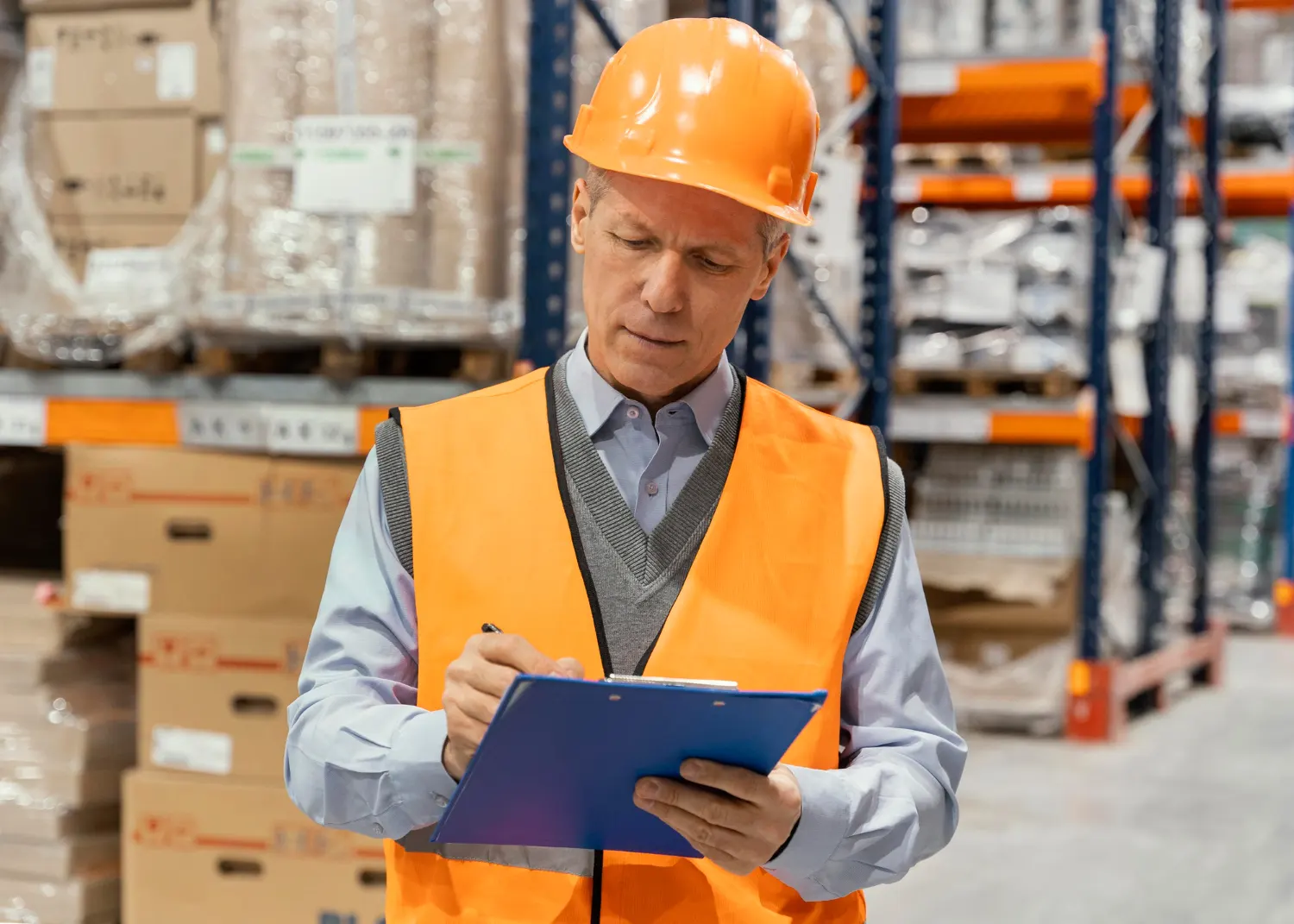
Social Responsibility: Enhancing Workplace and Community Well-being
Returnable packaging also supports the social pillar of ESG by fostering safer, more efficient workplaces and contributing to broader community welfare.
1. Improved Workplace Safety
High-quality returnable containers are designed for ergonomic handling, reducing the risk of worker injuries related to lifting, stacking, and transporting.
2. Supplier and Community Engagement
Many companies source their reusable packaging from local or regional suppliers, supporting local economies and creating sustainable employment opportunities.
3. Waste Management Education
Implementing returnable packaging often comes with training programs for employees and partners, promoting sustainability education and responsible behavior within the workforce and community.
Governance: Tracking, Transparency, and Accountability
The governance part of ESG focuses on openness and accountability. Returnable packaging systems often incorporate digital tracking technologies such as RFID tags or barcodes. These features provide real-time data on packaging location, usage cycles, and condition. With such transparency, companies can:
- Accurately measure environmental impact reductions.
- Ensure compliance with sustainability regulations.
- Share verifiable data in ESG reporting with investors and regulators.
Financial Advantages of Returnable Packaging Solutions
In addition to ESG benefits, returnable packaging offers significant financial incentives. Though the initial investment may be higher than single-use alternatives, the cost savings over time are substantial due to repeated usage and reduced need for replacement. Furthermore, companies can minimize disposal fees and lower their carbon tax obligations in regions where such levies exist.
Supply chain efficiencies—such as faster packing processes, reduced product damage, and streamlined logistics—also translate to operational cost savings. As global economies continue to prioritize circular models, early adopters of returnable packaging gain a competitive edge.
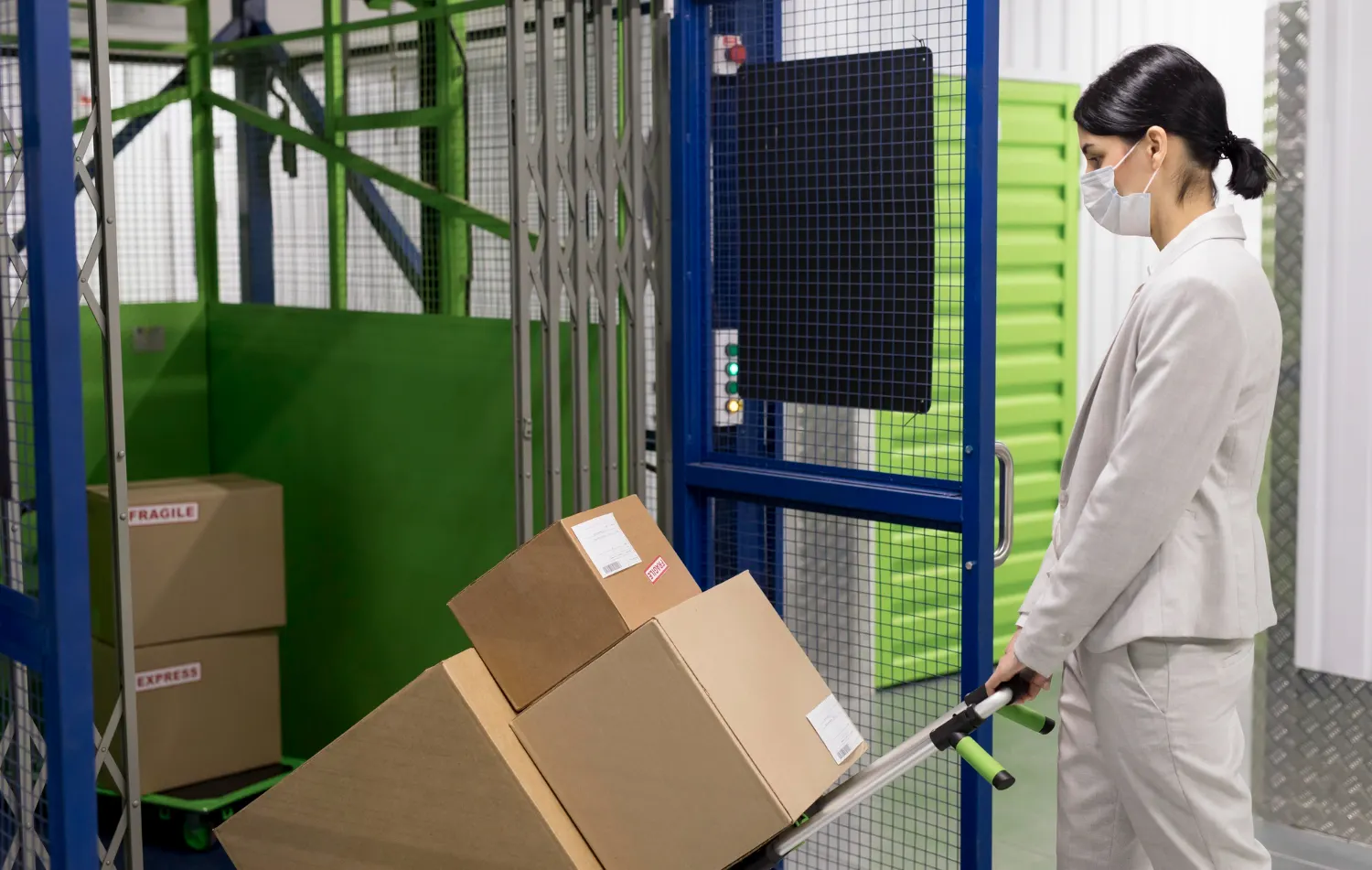
Aligning with Global Sustainability Goals
Returnable packaging is aligned with several United Nations Sustainable Development Goals (SDGs), including:
- Goal 12: Responsible Consumption and Production: By reducing waste and encouraging reuse.
- Goal 13: Climate Action – Through the reduction of carbon emissions.
- Goal 15: Life on Land – By reducing pollution and preserving natural habitats.
Companies integrating returnable packaging into their ESG strategies not only meet investor expectations but also contribute meaningfully to global sustainability efforts.
Overcoming Challenges and Barriers
Despite its many advantages, the transition to returnable packaging may involve challenges such as:
- High initial capital investment.
- Supply chain restructuring.
- Coordination among stakeholders.
However, with careful planning and partnership with experienced returnable packaging providers, these hurdles can be effectively managed. Businesses can start small, implement pilot programs, and scale up as the benefits become evident.
Future Outlook: Innovation in Returnable Packaging Solutions
Innovation in materials science, logistics technology, and product design is making Returnable Packaging Solutions more efficient, affordable, and adaptable across industries. Smart packaging with IoT-enabled tracking, modular container designs, and lightweight yet durable materials will further enhance the attractiveness of reusable systems.
As sustainability expectations continue to rise, businesses that embrace these innovations will be better positioned to achieve their ESG targets, mitigate regulatory risks, and build resilient supply chains.
Conclusion:-
Returnable packaging is no longer a niche practice; it is a mainstream solution for companies committed to ESG excellence and sustainable operations. By reducing waste, improving supply chain transparency, and supporting community well-being, businesses adopting these solutions demonstrate leadership in responsible practices.
Organizations seeking a trusted partner in this journey can turn to Kole Pallet, a recognized leader in providing high-quality, returnable pallet and packaging solutions. Their expertise helps businesses seamlessly transition from single-use packaging to reusable systems, driving measurable ESG improvements and long-term cost savings.
In a world where sustainability defines success, the adoption of returnable packaging is not just good for the planet—it’s good for business.
Frequently Asked Questions:-
1. What are Returnable Packaging Solutions?
- Returnable Packaging Solutions are durable containers, pallets, and packaging systems designed for multiple uses within a closed-loop supply chain. Unlike single-use packaging, these solutions are returned, cleaned, and reused, significantly reducing waste and improving operational efficiency.
2. How do Returnable Packaging Solutions support ESG goals?
- Returnable Packaging Solutions supports ESG goals by reducing environmental waste, lowering carbon emissions, improving workplace safety, and enhancing supply chain transparency. They also help companies meet regulatory compliance and demonstrate sustainability efforts to investors and stakeholders.
3. What industries benefit most from Returnable Packaging Solutions?
- Returnable Packaging Solutions assists several industries, including automotive, retail, agricultural, industrial production, and logistics. These industries frequently handle large amounts of shipments, and reused packaging may significantly cut costs and environmental effects.
4. Are Returnable Packaging Solutions cost-effective?
- Yes, although the initial investment in Returnable Packaging Solutions can be higher than disposable alternatives, companies achieve significant long-term savings. Cost reductions stem from decreased raw material consumption, lower waste disposal fees, and improved logistics efficiency.
5. Who provides high-quality Returnable Packaging Solutions?
- Companies like Kole Pallet specialize in delivering high-quality, durable returnable pallets and packaging solutions. They help businesses implement sustainable packaging strategies, optimize supply chains, and achieve their ESG and sustainability objectives.


